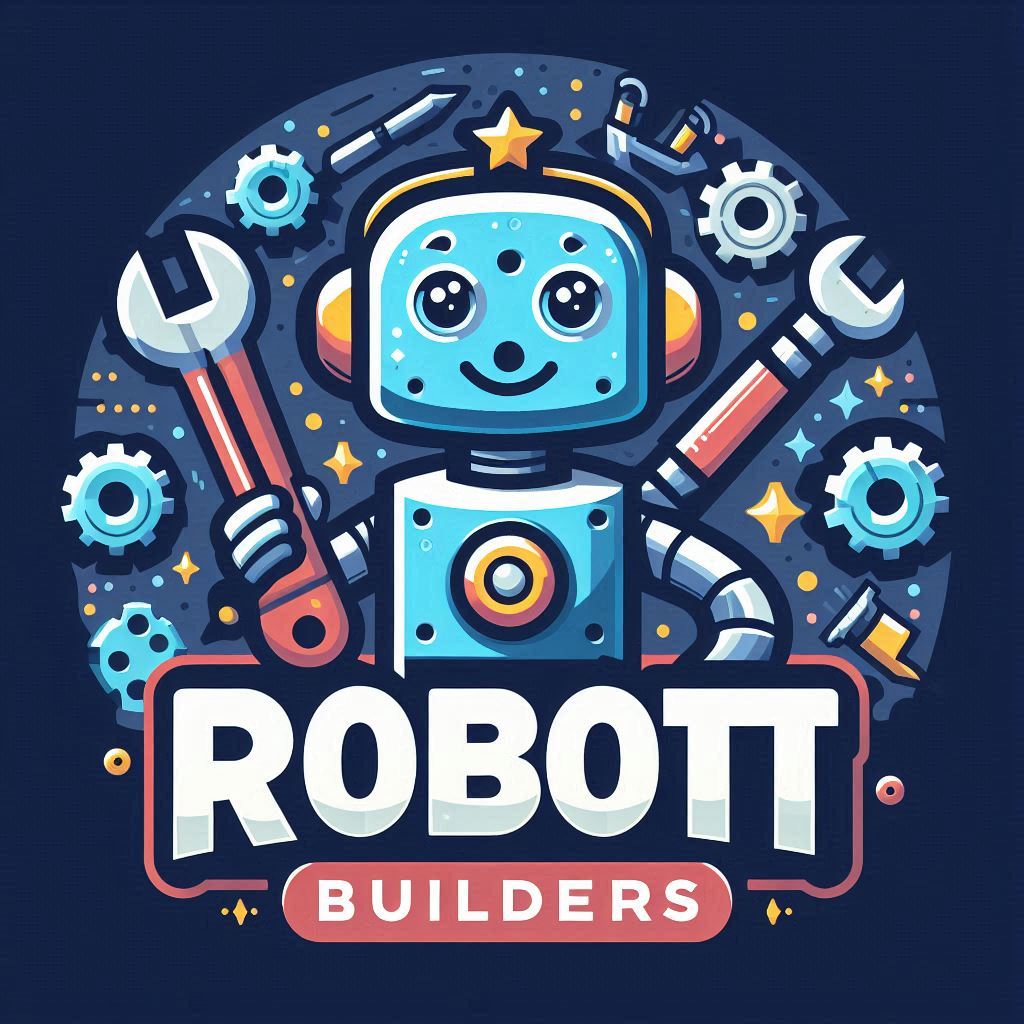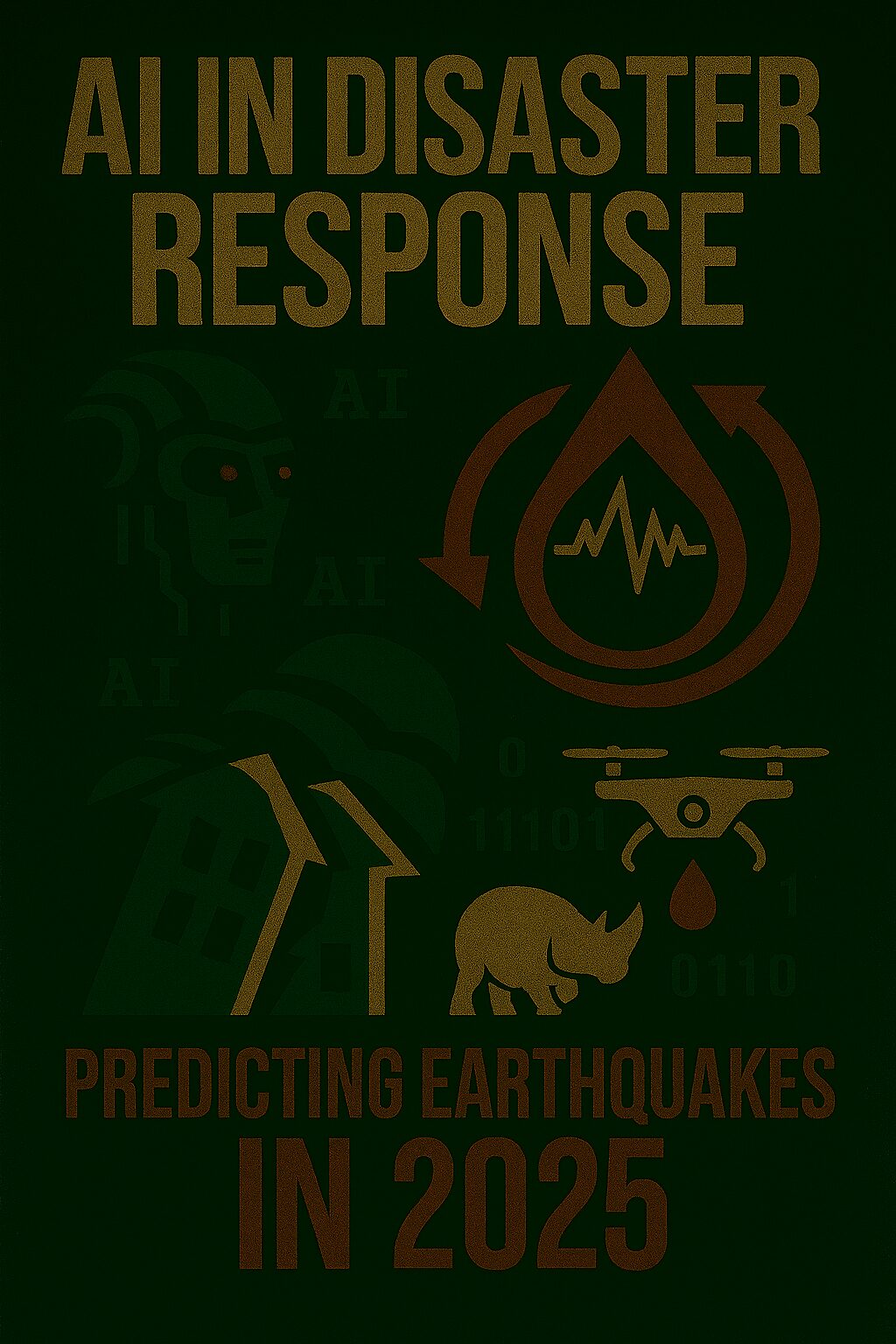Introduction: When Seconds Save Lives
Earthquakes strike without warning, leaving devastation in their wake. In 2025, with over 3 billion people living in seismic zones, the need for faster, smarter disaster response has never been greater. Artificial intelligence (AI) is emerging as a critical tool—analyzing seismic data, predicting tremors, and coordinating emergency efforts in real time. Could AI be the key to saving lives before the ground shakes?
🤖 What Is AI-Powered Earthquake Prediction?
AI in earthquake prediction uses machine learning, neural networks, and geospatial analytics to detect patterns in seismic activity and forecast potential quakes. These systems:
- 🧠 Analyze historical and real-time seismic data
- 📊 Detect microtremors and precursor signals
- 🛰️ Integrate satellite and ground sensor inputs
- 📡 Issue early warnings to vulnerable populations
- 🚁 Coordinate emergency response and resource allocation
According to , AI models now process seismic signals faster than traditional systems, reducing detection time from minutes to seconds.
📈 How AI Is Revolutionizing Earthquake Response
| AI Capability | Impact on Disaster Management |
|---|---|
| 🧠 Pattern Recognition | Identifies precursor signals and fault line anomalies |
| 📡 Sensor Fusion | Combines data from satellites, drones, and ground stations |
| 📊 Predictive Modeling | Forecasts quake probability and intensity |
| 🕸️ Damage Assessment | Uses computer vision to map destruction post-quake |
| 🚨 Early Warning Systems | Sends alerts to populations seconds before impact |
In Turkey, AI was used to identify damage zones within hours of the 2024 Adıyaman earthquake, enabling faster aid deployment.
🧪 Real-World Applications in 2025
- 🌐 Barcelona Supercomputing Center leads the Global Initiative on AI for Natural Hazards
- 🛰️ Japan’s Earthquake Early Warning System integrates AI to reduce false alarms
- 🏙️ Smart cities use AI to simulate quake scenarios and reinforce infrastructure
- 🚁 Drones with AI vision assess structural damage and guide rescue teams
These innovations are helping governments and responders act faster, smarter, and more effectively.
⚠️ Challenges and Ethical Considerations
Despite its promise, AI in disaster response faces hurdles:
- 🔐 Data privacy concerns from real-time monitoring
- 🧮 High computational costs for large-scale simulations
- ⚖️ Risk of false positives causing panic or economic disruption
- 🛠️ Unequal access to AI tools in developing regions
Solutions include federated learning, open-source disaster platforms, and inclusive policy frameworks.
🛡️ How to Scale AI for Earthquake Resilience
✅ Key Strategies:
- Invest in AI-powered seismic infrastructure
- Train emergency personnel in AI literacy
- Support global data-sharing initiatives
- Align disaster policy with AI insights
- Promote community-based early warning systems
🔑 SEO Keywords to Target
- AI in disaster response 2025
- earthquake prediction with artificial intelligence
- smart seismic monitoring systems
- early warning AI technology
- machine learning for natural disasters
- AI earthquake forecasting
- emergency response optimization
🧭 Conclusion: Intelligence Meets Urgency
In 2025, AI is more than a tool—it’s a lifeline. By predicting earthquakes, accelerating response, and guiding recovery, artificial intelligence is reshaping how we prepare for the unpredictable. The future of disaster resilience isn’t just reactive—it’s intelligent.

